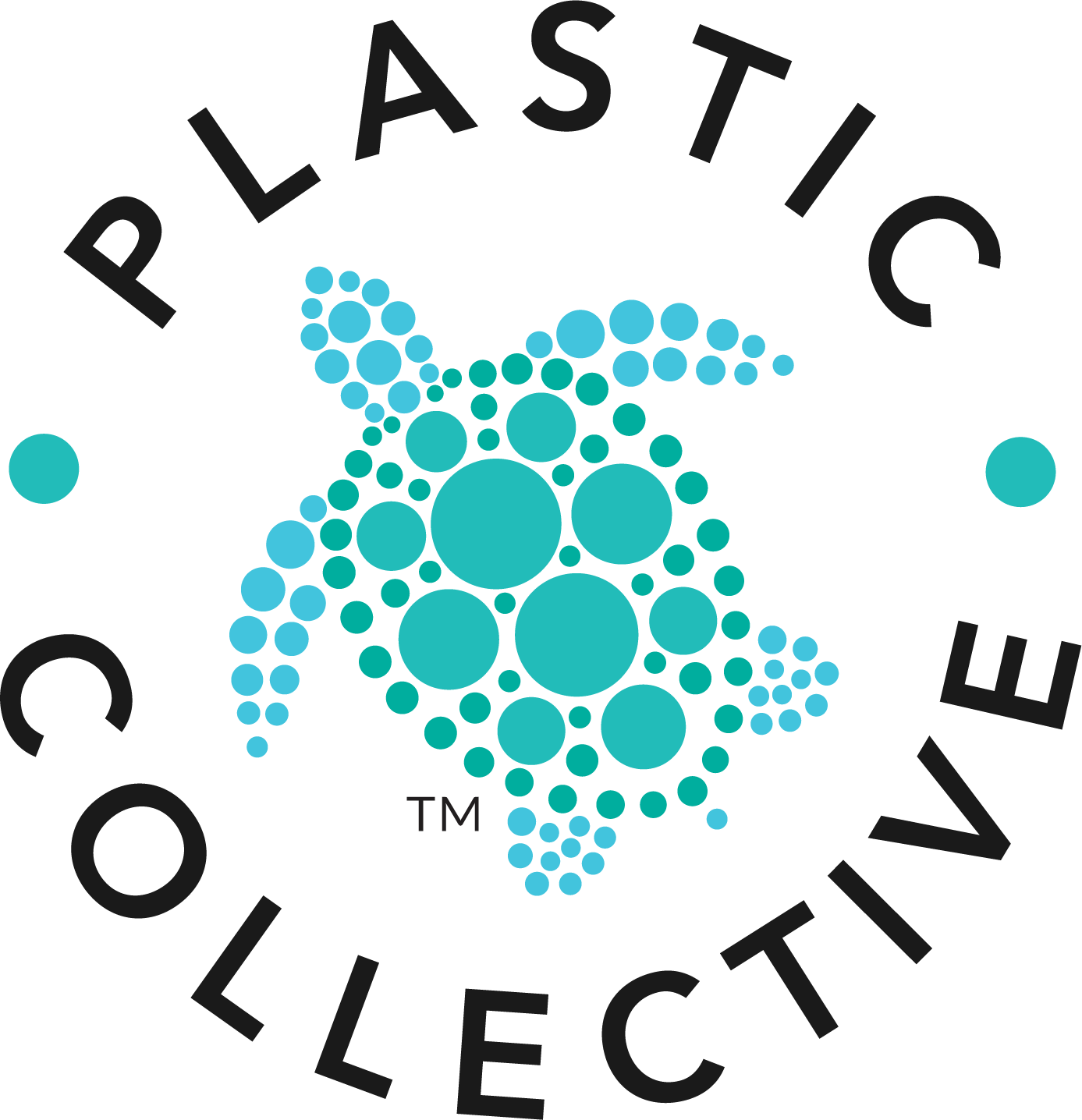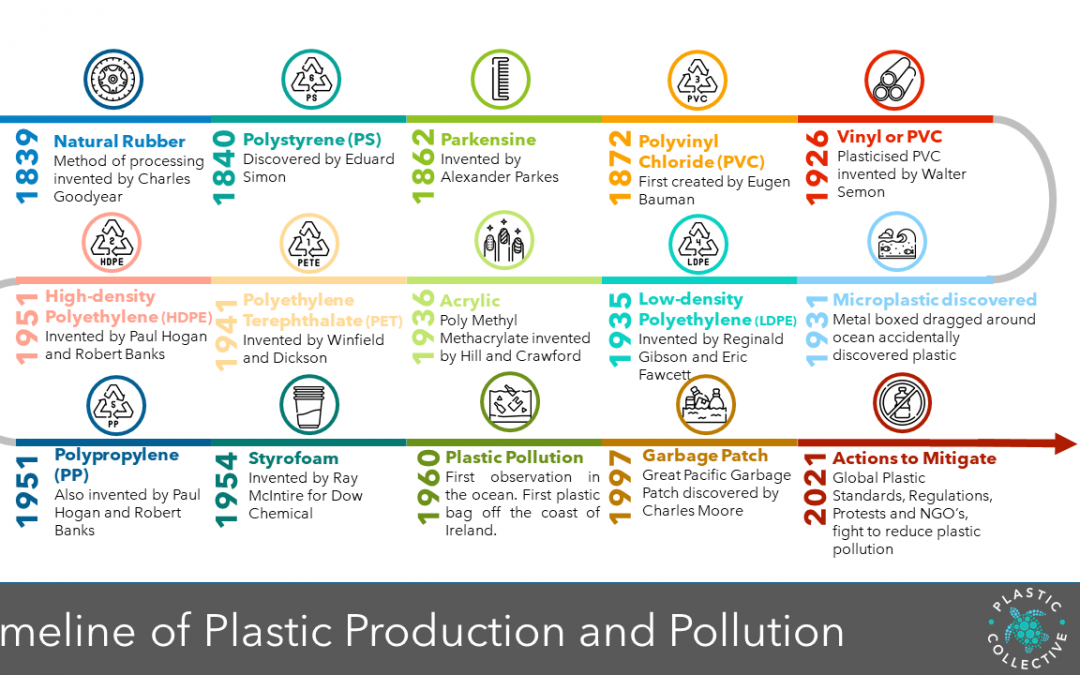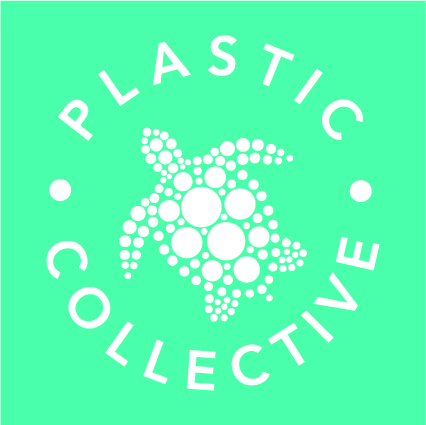History of Plastic Production: How Long has Plastic Pollution been a Problem?
Scientists studying plankton first noticed plastic pollution in the ocean in the early 1930’s. This was regarded as the first recorded incident of plastic pollution. The scientists were testing a new piece of equipment known as Continuous Plankton Recorders (CRPs), when they ensnared a single-use plastic bag off the coast of Ireland. Today oceans and beaches still receive the most attention of those aiming to abate plastic pollution, but how long has plastic been an issue?
The Invention of Plastic
Nearly a century ago, Alexander Parkes demonstrated his invention “Parkensine” at the Great International Exhibition in London (1862). This moment in history marked the first production of a plastic material. Parkensine was an organic material derived from cellulose that, once heated, could be molded and retained its shape when cooled. This was the start of the production of revolutionary ‘polymers’ (plastics).
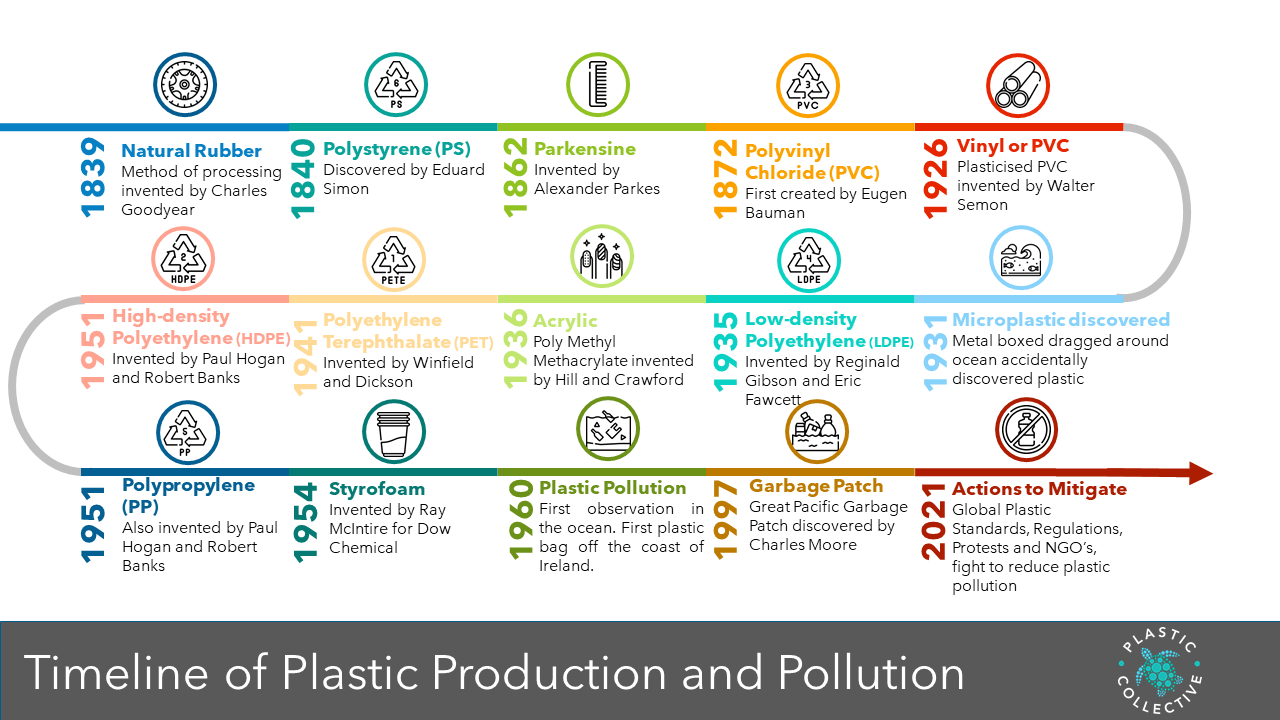
Figure 1. plastic production timeline from 1839 to present day (2021).
The first fully synthetic plastic material (meaning it contained no molecules found in nature) was invented by Leo Baekeland called “Bakelite” (now known as Phenol-Formaldehyde) in 1909. Baekeland had been searching for a synthetic substitute for shellac (a natural electrical insulator invented in 1856) to meet the needs of the rapidly electrifying United States. Bakelite stood out from the competitor product “celluloid” as it was not only a good insulator,but it was also durable, heat resistant, and ideally suited for mechanical mass production. Marketed as “the material of a thousand uses”, Bakelite could be shaped or molded into almost anything, providing endless possibilities. These qualities, whilst ideal for making a strong and durable product, lead to long degradation periods. This meant products survive in the environment for several decades.
The advancement of polymers and the development of plastic categories developed overtime. For example, numbers printed on plastic products and packaging (in Australia, ranging from 1- 7) were invested to indicate different types of polymers used to create each product, which facilitates recycling. A ‘2’, for instance, corresponds to HDPE (High-Density Polyethylene)that is used to make household jugs and containers(i.e., milk,shampoo, etc.) Each of these plastics vary in qualities, however, over time they have been evolved into incredibly inexpensive, flexible and durable materials. This seemingly magical material is increasingly threatening our environment.
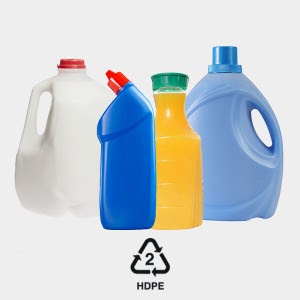
Figure 2. HDPE plastic bottles commonly found in household products.
First Encounter with Plastic Pollution
Scientists accidentally discovered the first recorded instance for plastic pollution back in 1960. Researchers, using a type of technology known as CPR, were fishing for plankton – a key species that indicates the productivity of the ocean, including the health of fisheries. The machine accidentally also produced a history of plastic litter. CPRs were designed to be towed behind ships to capture samples of plankton from the water .

Figure 3. Sheets from the CPR machine, which was intended to collect plankton data. Microplastics were overlooked as “unidentifiable” when accidentally collected by the CPR machine for over 30 years.
However, when an item became entangled in the CPR, it had to be removed and was recorded in a log. The entangled object was a plastic bag found off the coast of Ireland in 1960. Lead researcher Dr Clare Ostle, from Plymouth’s Marine Biological Association, explained “We searched through [those logs] and what we realised was that we had some really early, historic entanglement cases of plastics”. The scientists looked back through their records, and believe the first encounter with plastic pollution was fishing line back in 1931. This is now regarded as the earliest instance of marine debris in our oceans. The impact of plastic packaging and other sources for plastic pollution have a significant impact on marine animals. Ingestion of plastics has been recorded in many marine species since the 1990’s, but scientists estimate plastic pieces have polluted marine stomachs since plastics first entered the marine environment.
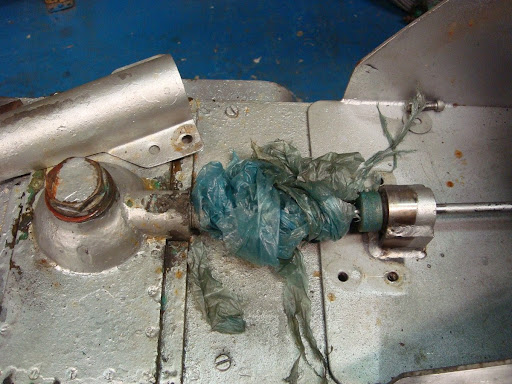
Figure 4. The plastic bag which became entangled in the CPR machine andallerted the scientists of plastic pollution.
Since then, plastic pollution discoveries have become more devastating . Charles Moore, discovered the Great Pacific Garbage Patch in 1997 whilst competing in the Transpacific Yacht Race.
The Future of Plastic
Plastic Collective are firm believers in resource not waste. “We’ve got a fundamental flaw in our language; we’re calling it “plastic waste”. Everytime we call it plastic waste, we remove its value. To change human behaviours we need to change the perceived value of materials” expresses Plastic Collectives Founder, Louise Hardman.
Plastic has this incredible ability where it can be cleaned, reused and recycled numerous times before it’s value degrades. Since plastic has a fundamental role in our lives, adapting the ways in which we use and dispose of plastic can have a significant impact on our environment. Which is why Plastic Collective are collaboratively working around the world to raise awareness to shift the perception of plastic, and with it, change our detrimental behaviours. Transitioning from a ‘make, take, and dispose’ model to a circular economy model based on ‘reduce, reuse, recover’. Plastic Collective aims to build capacity and finance plastic collection and recycling projects globally.
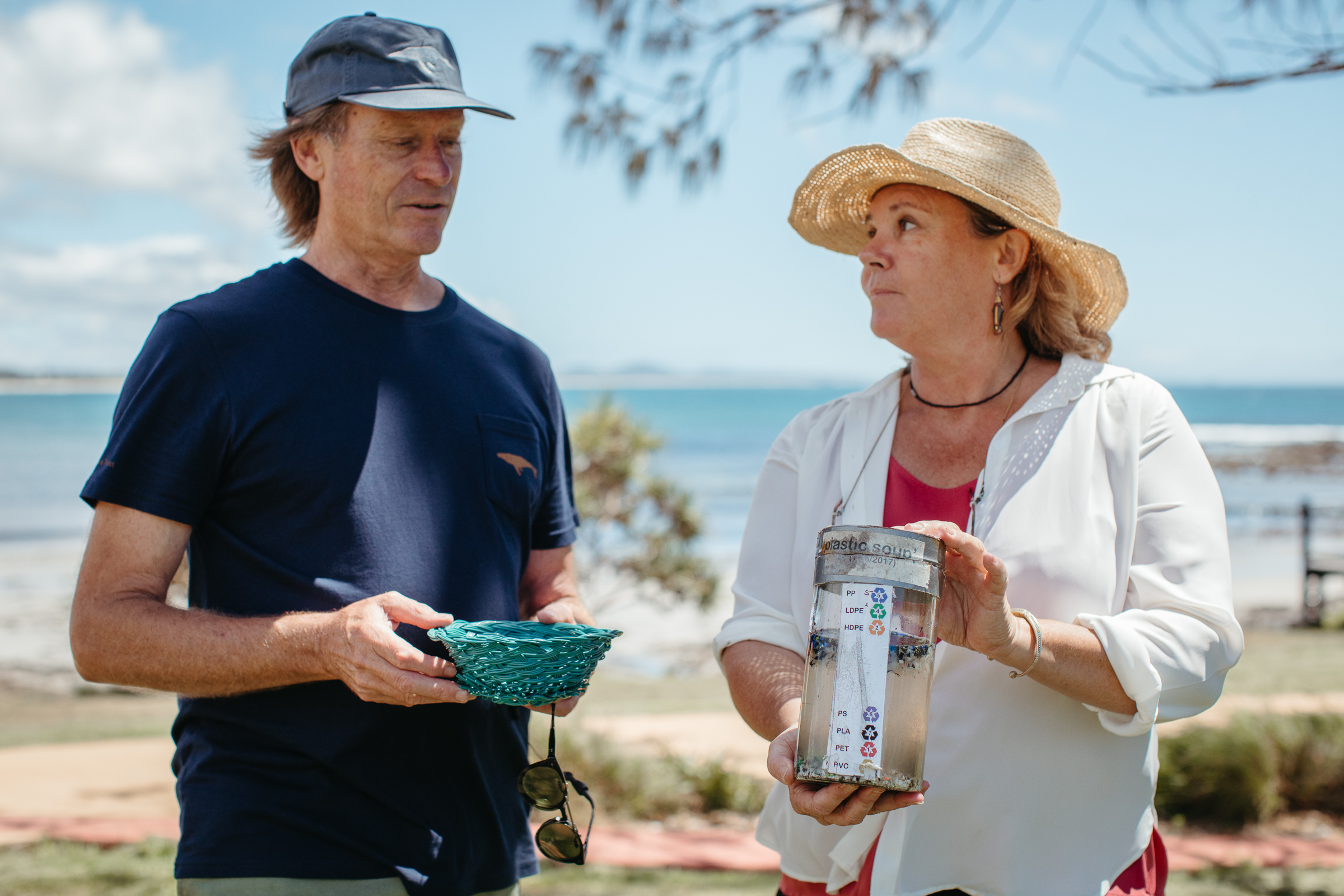
Figure 5. John Gowings (Founder Gowings Whale Trust) and Louise Hardman (Founder Plastic Collective) working together to develop solutions to plastic pollution.
